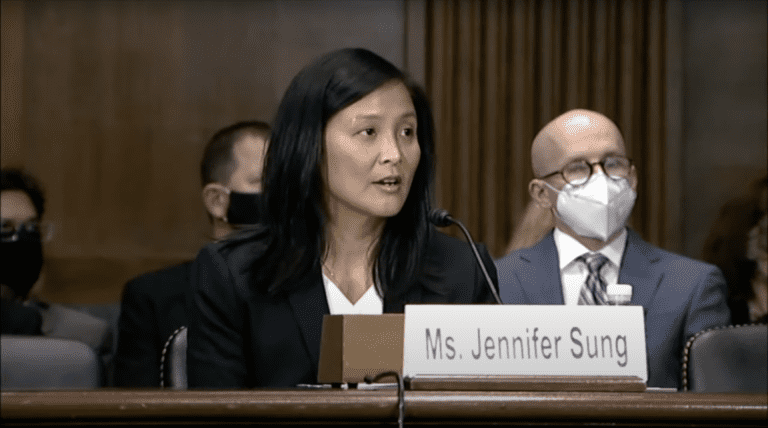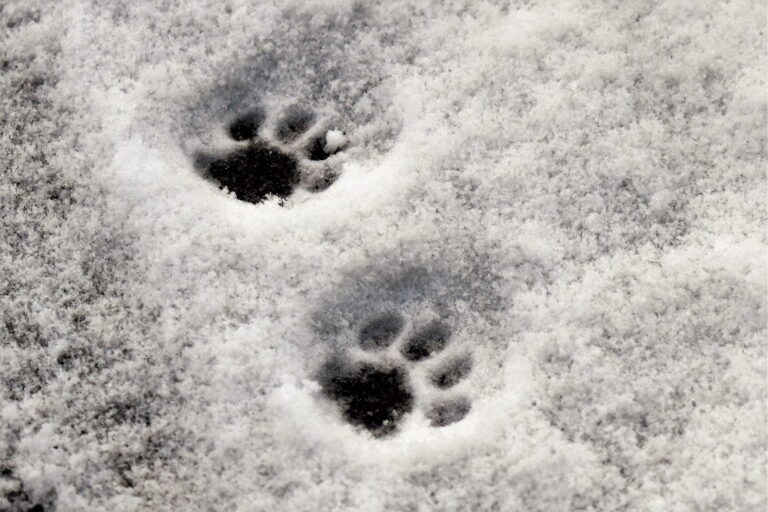Jasmine Loo is a student at Harvard Law School and a member of the Labor and Employment Lab.
Workplace surveillance is now almost ubiquitous, from keyloggers installed on business-issued laptops, to AI-enabled cameras giving delivery drivers performance scores, to apps that automatically track and terminate warehouse fulfilment workers who lag behind in productivity metrics. With increasing proportions of workers now working from home due to the COVID-19 pandemic, and a growing trend of offices implementing remote tracking intended to maintain data security and encourage employee productivity, it seems clear that workplace surveillance is here to stay. Market research suggests that the proportion of employers conducting workplace surveillance would increase to 80% of all companies by 2020.
If we accept that such surveillance is entrenched, can we also envision a framework that protects workers from unreasonable or unnecessary degrees of surveillance and shares the rents that surveillance derives with workers? This post will define and explain what workplace surveillance is. It will then evaluate the benefits and drawbacks of employee monitoring. And, finally, it will compare the possible frameworks for regulating workplace surveillance in a proportionate and reasonable way.
- What is Workplace Surveillance?
Workplace surveillance has been defined as “management’s ability to monitor, record and track employee performance, behaviours and personal characteristics in real time (for example, Internet or telephone monitoring) or as part of broader organizational processes (for example, drug testing in recruitment)”. As Ball characterizes, surveillance may take the form of top-down monitoring or of social, peer-to-peer monitoring, and may range from obtaining personal information on employees, tracking their Internet usage, email, location or phone calls, storing an employee’s biometric information or covertly surveilling employees. With the advent of big data and artificial intelligence, from a technology standpoint, workplace surveillance has progressed to instantaneous tracking through sensor technology and the Internet of Things, as well as “data analytics algorithms … enabling categorization and profiling … [and] automated or assisted decision making”.
Of course, workplace surveillance is hardly new. An early example can be traced back to January 1914 when Henry Ford’s employees were subjected to home visits, financial status declarations, and scrutiny of their divorce proceedings. A more contemporary example involves surveillance technology being used on white-collar workers, ranging from keyloggers which track every keystroke made on a computer, to using webcams to monitor employees, to tracing the physical whereabouts of employees via GPS.
Employee monitoring is a controversial topic in three different scenarios: where monitoring goes beyond what is reasonable or necessary for business interests, where overtly specific and onerous information on employees’ time is required, and where monitoring impacts the autonomy of employees and the trust between employers and employees. However, monitoring is still a widespread practice because it can improve productivity, protect company secrets and provide evidence to protect companies against legal liability.
- The Benefits and Costs of Employee Monitoring
Surveillance can benefit both employers and workers. The business may benefit from incentivizing increased productivity, prevention of theft, protection of intellectual property, improved managerial decision-making and protection against legal liability through providing evidence to be used in potential legal disputes. Workers, however, may also benefit from monitoring. When used reasonably and proportionately, surveillance may also protect employees from false accusations of theft or harassment. Some employees even reverse the flow of surveillance and use technology to obtain information on their employers, in order to expose labor law violations and facilitate collective bargaining.
However, the key drawbacks of surveillance are its detrimental impacts on workers’ privacy, its impacts on the trust between employer and employees, and the adverse incentives it creates. Excessive monitoring has been perceived as an infringement on privacy, particularly where employees did not consent to the collection of their data, and this causes corresponding losses of mutual trust and confidence between employer and employee. The imposition of strict criteria by which employers judge performance rigidly arguably stifles differences in working style which could benefit the company. Research further indicates that workers under surveillance report higher levels of stress, health problems and low morale due to the pressure to perform, which may lead to attrition of good employees. From a moral standpoint, the right to privacy should not be easily violated without strong justification, but the problem is that the power imbalance between employers and employees results in a form of economic coercion, that may force employees to consent to surveillance to retain employment. Furthermore, overt surveillance has also been demonstrated to sometimes lead to resistance from workers, in the form of subverting surveillance measures though leaving phone lines open, for example.
What, then, might constitute a protective framework that prevents overzealous or unnecessary monitoring?
- Possible Frameworks for Governing Workplace Surveillance
Unfortunately, in the United States, federal protections against workplace surveillance are limited and ineffectual. The Electronic Communications Privacy Act of 1986 has a business exception allowing employers to monitor communications for legitimate business reasons, and the consent exception allowing monitoring of communications where employees consent, allowing ample room for businesses to maneuver. States have recently been passing or considering various consumer protection laws, such as the California Consumer Privacy Act 2018 (effective January 2023), Colorado’s SB 21-190 (effective July 2023) and the Virginia Consumer Data Protection Act (effective January 2023), all of which ensure that data collected by businesses on identifiable individuals must be disclosed if requested, including to employees. However, disclosure of information alone would not be sufficient to protect against overzealous surveillance.
Collective bargaining may offer one solution. Susan Bryant’s research focused on the role that trade unions could play in protecting workers from overzealous surveillance by filling the absence of particular monitoring policies (which typically affords employers more leeway) with collective agreements outlining protections for workers. Within the US, trade unions can request relevant documents from employers, including the types of surveillance technologies employers are considering implementing. Employers are required to give notice of future implementation of surveillance and provide a “reasonable opportunity to bargain” because the effects of surveillance on privacy and discipline render workplace surveillance a “mandatory subject of collective bargaining”. However, the collective bargaining route to surveillance regulation may also be stymied by the relatively weaker union rights of information and consultation in the United States compared to European jurisdictions. Alternatively, American trade unions have been proactively using arbitration and litigation to develop contractual privacy protections, but this is limited in scope.
Overall, the best solution would be collective bargaining as a tool to create worker-friendly protections that counteract the detrimental impacts of workplace surveillance. Therefore, legislators and regulators should seek to strengthen collective bargaining rights, such as by facilitating unionization to allow unions the mandate to negotiate for workers, and increasing both employees’ and unions’ awareness of their rights to negotiate surveillance policies.










Daily News & Commentary
Start your day with our roundup of the latest labor developments. See all
December 12
OH vetoes bill weakening child labor protections; UT repeals public-sector bargaining ban; SCOTUS takes up case on post-arbitration award jurisdiction
December 11
House forces a vote on the “Protect America’s Workforce Act;” arguments on Trump’s executive order nullifying collective bargaining rights; and Penn State file a petition to form a union.
December 8
Private payrolls fall; NYC Council overrides mayoral veto on pay data; workers sue Starbucks.
December 7
Philadelphia transit workers indicate that a strike is imminent; a federal judge temporarily blocks State Department layoffs; and Virginia lawmakers consider legislation to repeal the state’s “right to work” law.
December 5
Netflix set to acquire Warner Bros., Gen Z men are the most pro-union generation in history, and lawmakers introduce the “No Robot Bosses Act.”
December 4
Unionized journalists win arbitration concerning AI, Starbucks challenges two NLRB rulings in the Fifth Circuit, and Philadelphia transit workers resume contract negotiations.